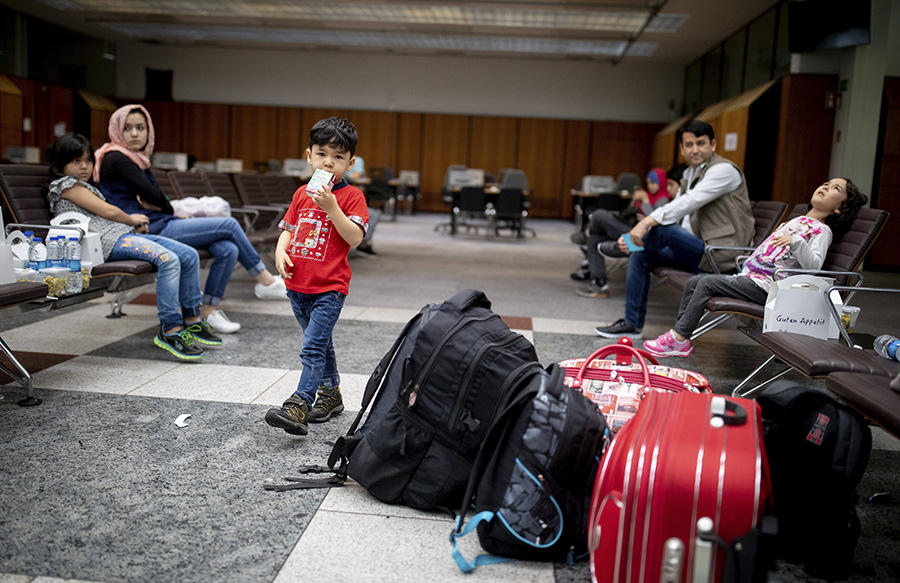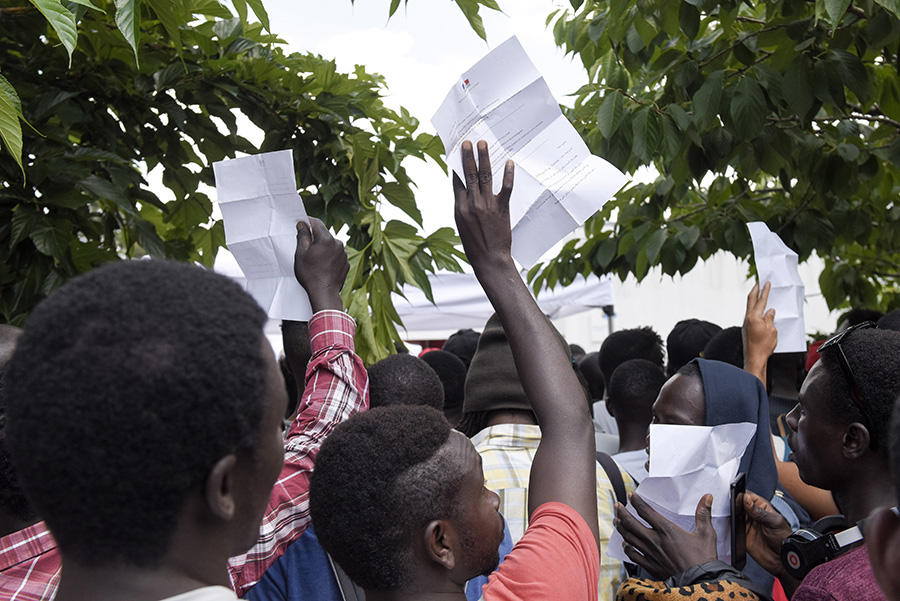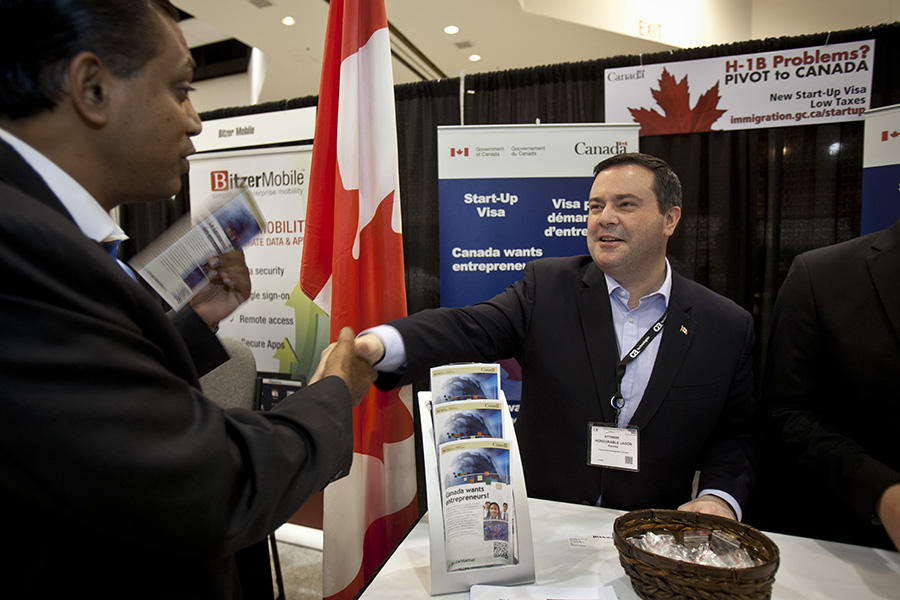You are here
Challenging Preconceived Ideas about Migration
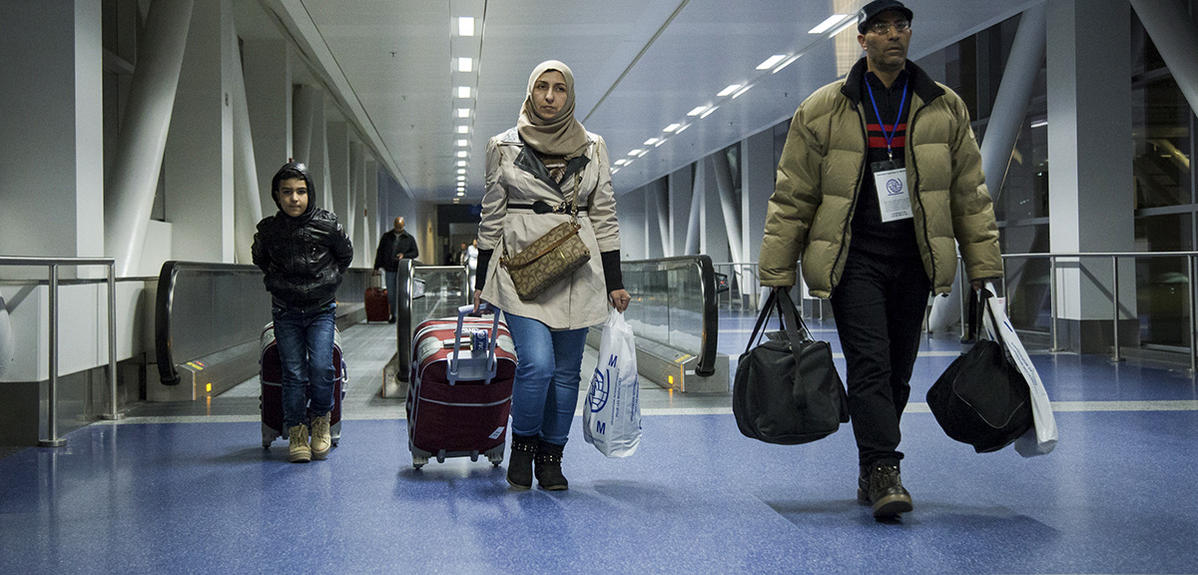
You are a demographer, you currently head the Institut Convergences Migrations,1 and you have spent most of your career working for the French Institute for Demographic Studies (INED) and France’s National Institute of Statistics and Economic Studies (INSEE). How long have you been working on migration?
François Héran: I first discovered the subject of migration in 1976. After studying philosophy, I completed my thesis in anthropology on the transformation of large landholdings in the southern Spanish region of Andalusia from the 18th century onwards. This led me to take an interest in the small farmers who lived on the fringes of the system, many of whom emigrated at that time. I mainly studied the factors that drove the inhabitants of eight mountain villages in the hinterland of the Costa del Sol to emigrate. What I discovered surprised me: the poorer, the illiterate, and heads of families moved very little or only within the region, whereas more educated and younger people migrated long distances, to France or Germany.
At the time, little work had been done on migration, and famous French sociologists such as Pierre Bourdieu, Raymond Boudon and Alain Touraine had hardly addressed the question, except occasionally from the perspective of poverty. In fact, no mention was made of immigrants but of foreigners. It was only in 1993, when I took over as head of the INSEE's Department of Surveys and Demographic Studies, that I returned to the subject of migration, which I have been dealing with ever since: my team drew up France’s main demographic indices, including net migration. At the time, this was no mean task. It was just after the fall of the Berlin Wall (November 1989, editor's note), and there were persistent rumours of a massive influx of migrants from Eastern Europe. Yet, no matter how closely we looked at the indicators, we couldn’t see any sign of this. For the first time, I became aware of the potential discrepancy between migration fears and statistical reality.

You mention the gap that exists between the perception that people can have of migration flows and the reality of the figures. What do the statistics on migration processes throughout the world tell us today?
F. H.: I should like to recall how an immigrant is defined by the United Nations (UN), the Organisation for Economic Co-operation and Development (OECD) and the World Bank, who produce international censuses: immigrants registered in the territory of a country at a given time are ‘individuals born abroad who have crossed the border with the intention of settling in the host country for at least one year.’ According to this definition, the second generation, born in the host country, are not themselves immigrants. For statisticians on the other hand, naturalised immigrants are still considered to be immigrants.
According to the latest available figures, there are now nearly 260 million migrants worldwide. This is 100 million more than in 1990, but it is worth noting that the global population has grown steadily over this period. Proportionally, immigrants accounted for 2.9% of the total in 1990. Today, they make up 3.4%, which is not much. This figure can be increased to 4% to take undeclared migration into account. This means that more than 95% of the world's population hasn’t moved. This is nothing like the tidal wave described by some.
Similarly, the idea that it is the poor in the South who emigrate to the rich countries of the North is highly exaggerated.
F. H.: Former French Prime Minister Michel Rocard's famous 1989 statement that "we cannot take in all the world’s needy" is still a resounding slogan, but it doesn’t describe reality. Contrary to popular belief, it is not the people of the poorest countries—where average annual earnings are less than $1005 per capita—who migrate the most, as it takes a minimal amount of resources to do so. Migrants mostly come from countries with ‘lower-middle’ or ‘upper-middle’ incomes, as classified by the World Bank, and move either to countries within this category, or to ‘high-income’ states with an average annual income of $12,000 per capita. Actually, there is relatively little direct migration from the poorest to the richest nations. The standard stereotype that suggests that migrants flow from poor to rich regions, or from overpopulated to underpopulated areas, does not reflect reality by any means.
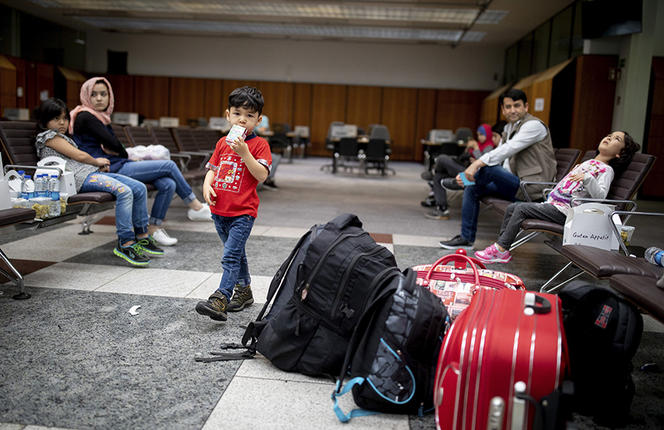
What are the main migration routes in the world today?
F. H.: The biggest by far runs from Mexico to the United States: 12 million Mexican immigrants are present in the US, which continues to be the most attractive country for the world’s migrants, and is also home to large populations from China, the Philippines, India and Puerto Rico.
Other major routes include that between Bangladesh and India, which involves 3.3 million people, or Turkey and Germany, with 2.7 million people. In Asia, the corridor connecting India with the United Arab Emirates represents 2.2 million migrants, while that from Afghanistan to Iran accounts for 1.7 million. Africa has only one major migration route, from Burkina Faso to Côte d’Ivoire, with 1.3 million people. And, unlike other continents, there is relatively little movement from sub-Saharan Africa to other continents: 75% of sub-Saharan migrants remain in Africa, and only 16% have settled in Europe.
What is the state of migration in France?
F. H.: France has been a land of immigration since the second half of the 19th century, which makes us an exception within Europe. In fact, the other European states at that time were all countries of emigration, particularly to the New World. Belgians and Italians came to work in France’s farms, factories, and mines, followed from the 1930s by Poles, then Spaniards, and—beginning in the 1950s—Moroccans and Algerians. Since the oil crisis and the 1974 ban on labour migration into France (except when otherwise authorised), we now only accept human rights-based migration. This is subject to the various international conventions that France has signed, such as the European Convention on Human Rights, which establishes the right for immigrants to have their family with them, or the 1951 Refugee Convention, which regulates the right to asylum. In France, fewer than 10% of residence permits are issued each year for professional reasons (i.e. an average of 20,000 permits). The remainder are divided up between students (90,000 per year), family reunification and marriages of French citizens to foreigners (90,000 annually), and finally people taken in for humanitarian reasons (fewer than 20,000 before the crisis that began in 2015). It should be noted that these figures have remained stable since the early 2000s, unlike in Germany, for example, where every migration crisis—the wars in former Yugoslavia, the Kosovan and Syrian conflicts, etc—has caused a spectacular influx of migrants that the country has done its best to absorb.
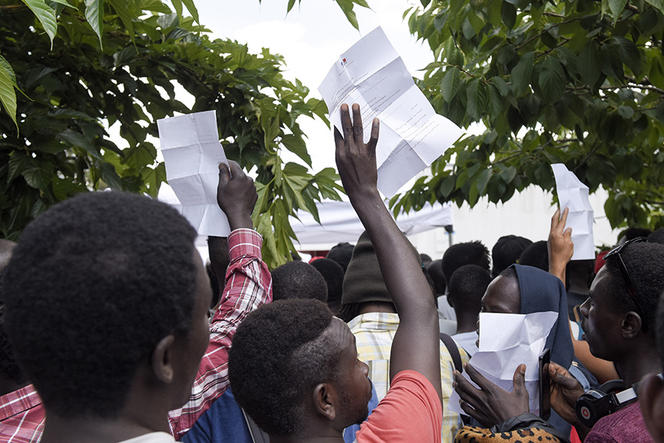
In the past few years, some French political representatives have been calling for the implementation, as is the case in Canada, of a quota policy and selective immigration. Is this feasible in France?
F. H.: The difference with France is that there is significant labour migration in Canada: 28% of residence permits are issued for work purposes, with an additional 34% automatically granted to spouses and children, which makes up 62% of the total. Although Canada selects those it admits for work, it does so based on a list of criteria (language skills, level of education, type of job sought, etc.) that does not include the country of origin. Canadians do not talk about ‘numbers’ but about ‘objectives’ to be achieved, which are set at very high levels: an average of 300,000 admissions per year. This has nothing to do with the idea of quotas proposed by some French MPs, who see it as a threshold that should be as low as possible. It is paradoxical that, while Canada is highly selective in its choice of labour migration, it welcomes five to six times more immigrants than France, taking into account the population differences between the two countries.
To return to the subject of refugees, which has divided Europe since 2015 and the beginning of the ‘migration crisis.’ What impact has this had in Europe, and in France in particular?
F. H.: Over the three years 2015-2016-2017, the European Union has granted refugee status to a million asylum seekers. The two countries that have taken in the greatest number of refugees in relation to the size of their population are Sweden (4,580 per million inhabitants) and Germany (3,740 per million inhabitants), with a European average of 1,030 refugees per million inhabitants. France, on the other hand, has only granted protection to 510 people per million inhabitants, which puts it 17th place in Europe. You might think that there has been less demand for refugee status in France than elsewhere: to find out, we need to look at the percentage of asylum applications accepted over the same three years. This averages 53% for Europe as a whole, with the Netherlands granting the most (68%) and Poland the fewest (13%). As for France, it has only approved 25% of the asylum applications submitted, which places it in 27th position. Although Syrians made up a mere 4% of asylum seekers in France, as compared to 33% in Germany, this difference is not sufficient to explain such a low ranking.

It is easy to see that the subject of migration is far from being straightforward and does not lend itself well to generalizations. What role do you think research should play in these questions?
F. H.: Society's understanding of migration issues is extremely limited. For instance, few of our fellow citizens and politicians know that France, in proportion to its population, actually admits very few asylum seekers. And yet the acceptance rates are derived from Eurostat data, based on figures officially provided by each country! Researchers, whether they are geographers, sociologists, historians, economists, or public health specialists, need to join forces to establish the facts by confronting their points of view. This is the purpose of the Institut Convergences Migrations that I have headed since its creation in late 2017, and which brings together 280 researchers from 120 laboratories. We regularly talk to journalists, who play a key role in disseminating this knowledge. In addition, we have just opened a new page on our website, called De Facto, on which we now publish data aimed at the general public on a monthly basis.
The first-ever data set, published in November 2018 on De Facto, focuses on the highly sensitive issue of return to the country of origin. It shows that the tighter the borders, the fewer the number of migrants who return.
F. H.: This has been the case ever since labour migration was halted in 1974. Migrants who travelled back and forth to their countries of origin were concerned that they would no longer be able to return to France and started to take their families with them. Reunification intensified and resulted in these immigrants settling in our country permanently. The idea that a ‘suction effect’ is created by an overly generous visa policy is therefore proving erroneous: closing borders increases the number of immigrants rather than reducing it. This was recently confirmed by the large-scale European survey ‘Migration between Africa and Europe,’ conducted in both source and destination countries. The researchers clearly show that the return rate of Africans to Africa has fallen ever since the number of visas was reduced.
You and other people would like to set up a kind of equivalent to the International Panel on Climate Change (IPCC) for migration. Indeed, an initial work session was held in Paris in December. What was its purpose?
F. H.: Three researchers, Virginie Guiraudon,2 Hélène Thiollet3 and Camille Schmoll,4 are the initiators of this appeal, which was backed by the Institut Convergences Migrations and signed by 800 specialists in the field. The idea is to set up a European—and, it is hoped, eventually worldwide—group of experts on the question of asylum and migration. Given the complexity of migration issues and the diversity of situations from one country to another, we believe that it is necessary to develop a robust European reference network to find the answers to some simple questions. For example, what is the reception of asylum seekers like in Europe? How are immigrants integrated and how can this be measured effectively? What can be done to address the shortcomings in our measurement of illegal migration and its extent? We would also like to look at the possibility of carrying out experimental trials, especially on the effect of circulation visas that would facilitate return trips between host countries and countries of origin. This is a huge challenge, as migration policy still comes under the jurisdiction of sovereign states.
- 1. The Institut Convergences Migrations, set up at the end of 2017, brings together 280 researchers from 120 laboratories. http://icmigrations.fr/
- 2. Centre d'Etudes Européennes et de Politique Comparée (CNRS / Sciences-Po Paris).
- 3. Centre de Recherches Internationales (CERI – CNRS/Sciences-Po Paris).
- 4. Géographie-cités (CNRS / Université Paris-1 Panthéon Sorbonne / Université Paris Diderot).




